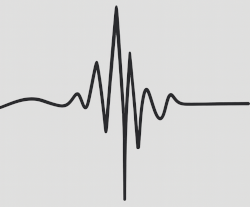1202 CE Earthquake (Archaeoseismic)



Kázmér and Major (2015:187) attributed
the major damage to the donjon of Safita Castle to the
1202 CE earthquakes based on indirect
reasoning. They noted that stylistic arguments from art history place the
construction of the donjon in the 12th century, corresponding to early
Gothic architectural traditions. A letter from
Philipe Du Plessis reports that in 1202 a great tower
at Chastel Blanc (Safita) was severely damaged by an earthquake, specifically
stating "At Chastel Blanc, most of the walls collapsed, and the main tower,
which we thought to have been built with outstanding strength and solidity,
was so badly cracked and damaged that it would have been better for us if it
had completely collapsed instead of being left standing in such state."
By 1212, however, Wilbrand of Oldenbourg described the tower as being
in good and strong condition, suggesting either that de Plessis had
overstated the original damage or that it had been successfully repaired
within a decade. Archaeological evidence shows Crusader-period repairs and
modifications to the Gothic hall, including the installation of a window
for a church bell. No major earthquakes are known to have struck the area
between 1202 and 1271, when Muslim forces captured Safita, after which the
fortress declined in strategic importance and likely saw little
maintenance until the 20th century. Although the written evidence is
fragmentary, when considered together it supports the conclusion that the
primary destruction of the Safita donjon occurred during the earthquake of
1202 CE.

